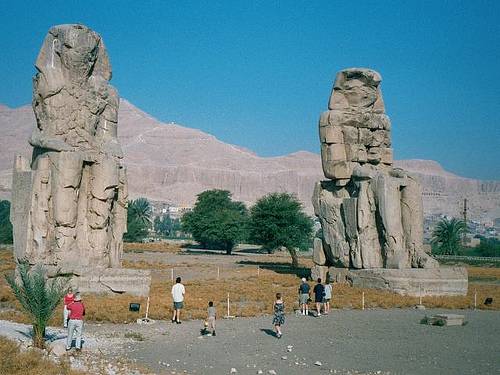
In 1726, 25-year-old English maidservant Mary Tofts began giving birth to rabbits. Despite a miscarriage earlier that year, she apparently went into labor, and local doctor John Howard delivered several stillborn rabbits.
More were coming. Howard summoned other doctors by letter, and Mary’s next litter was witnessed by Nathaniel St. Andre, surgeon-anatomist to King George I, and Sir Richard Manningham, the most famous obstetrician in London.
Amazed, St. Andre published a tract titled A Short Narrative of an Extraordinary Delivery of Rabbits. But Mary’s deliveries stopped when she was put under close supervision, and soon a boy came forward reporting that she had bribed him to supply her with more rabbits. In the end she confessed, saying she had done it “to get so good a living that I should never want as long as I lived.” Ah.


